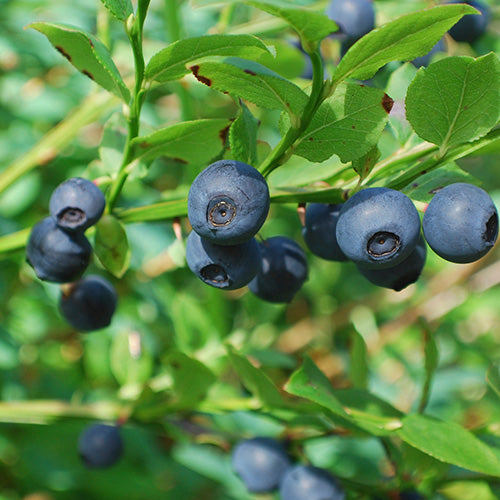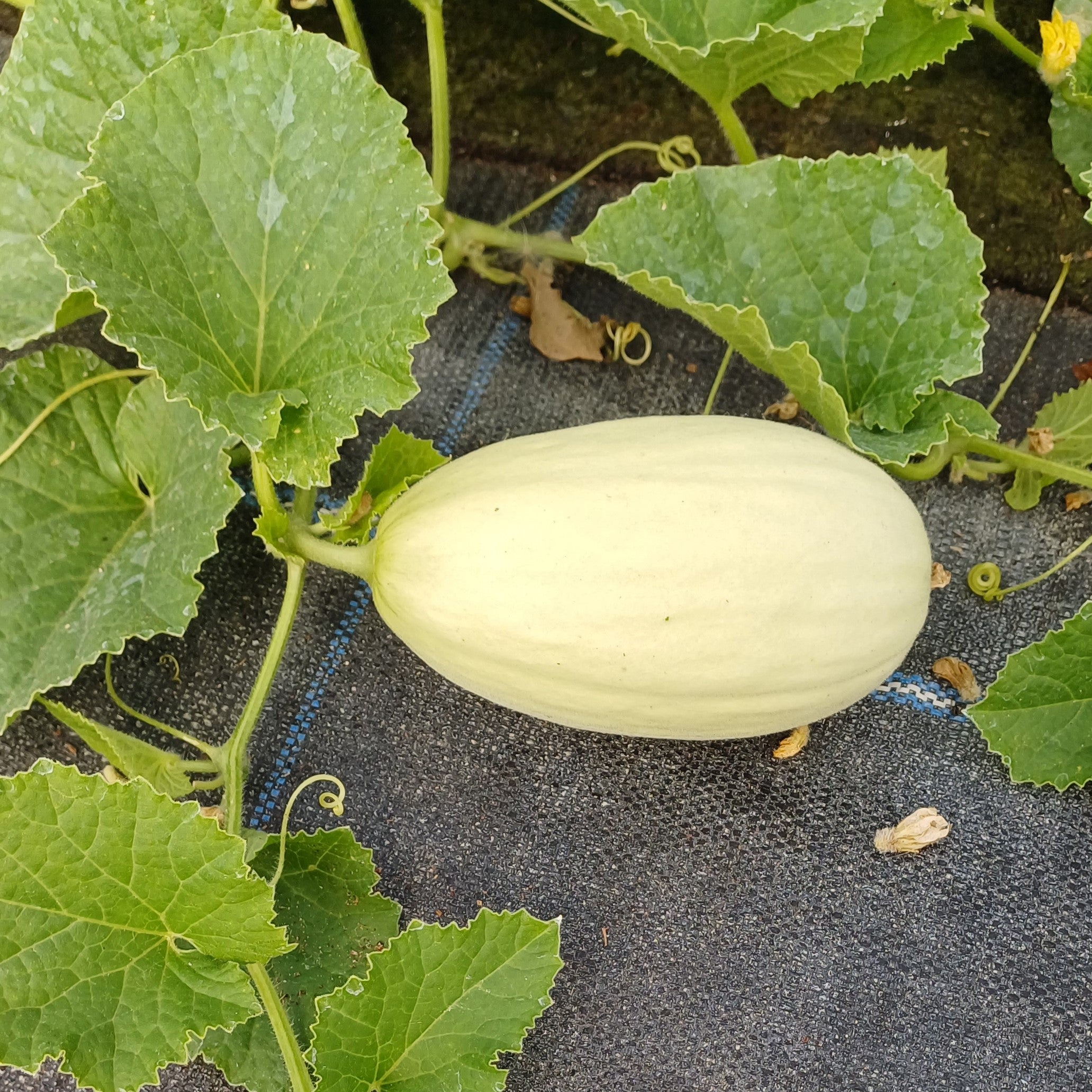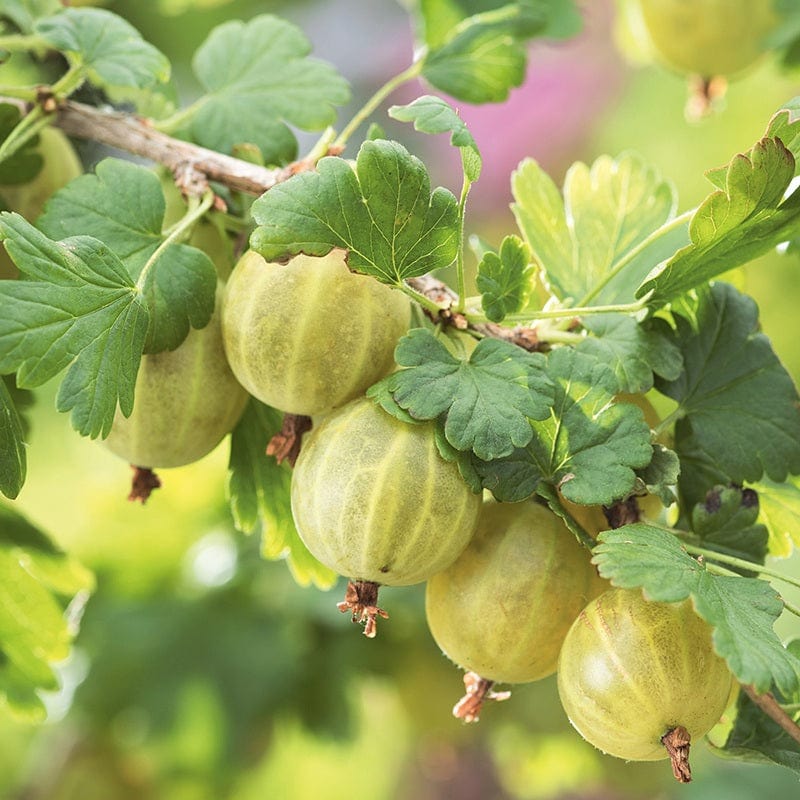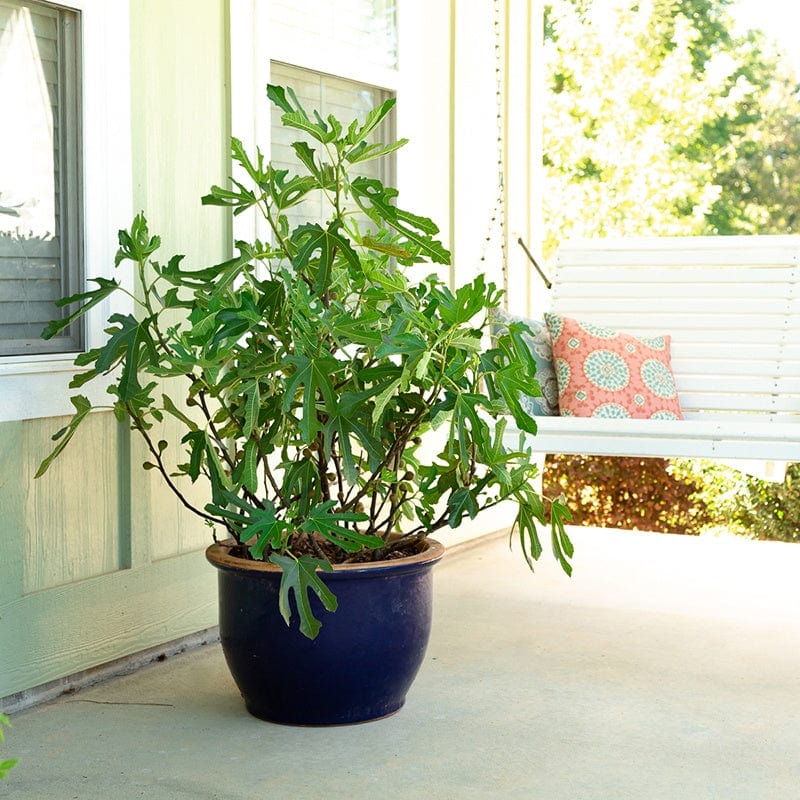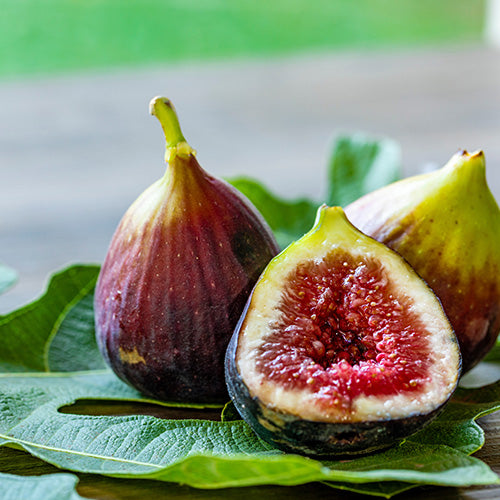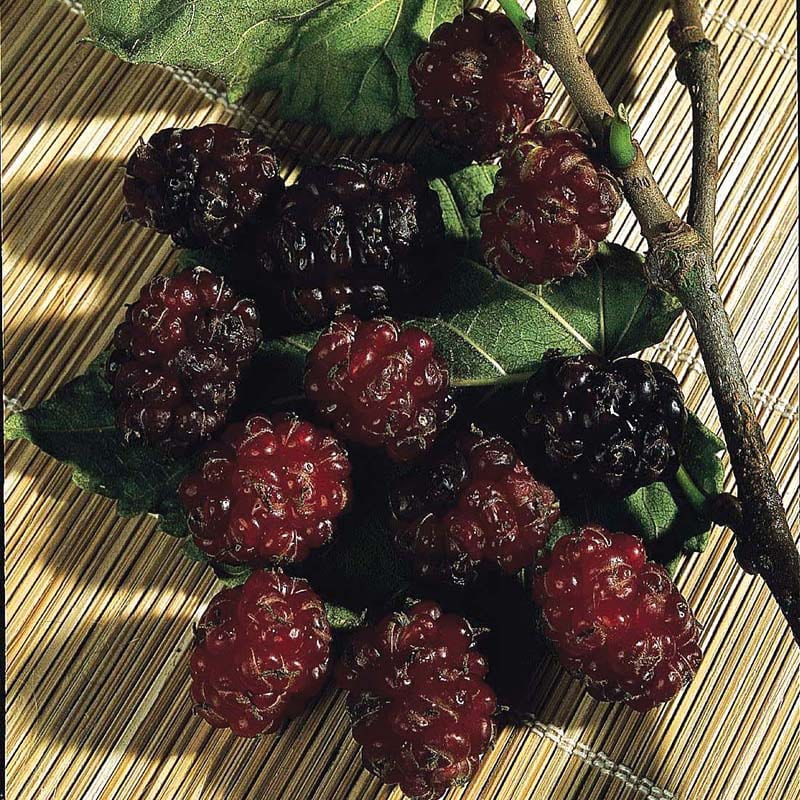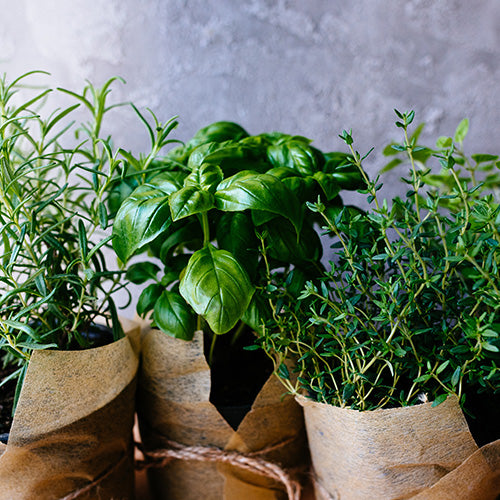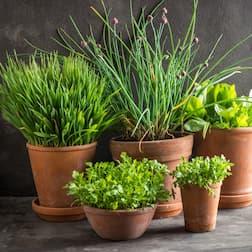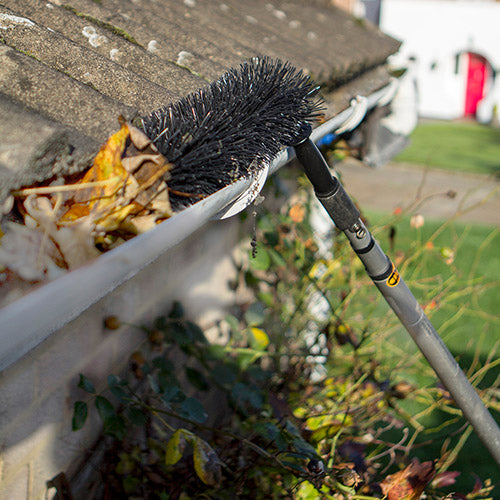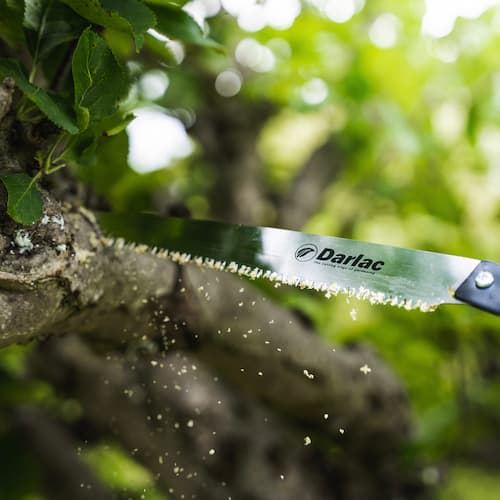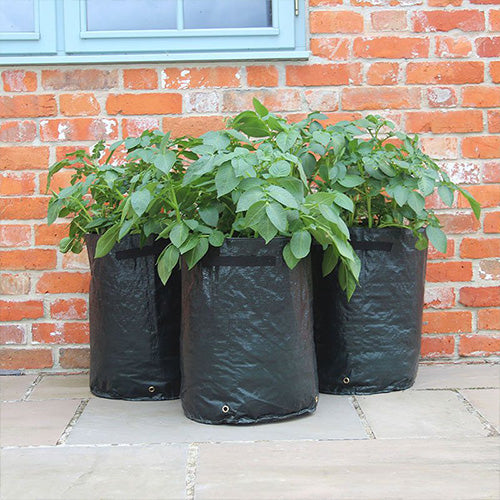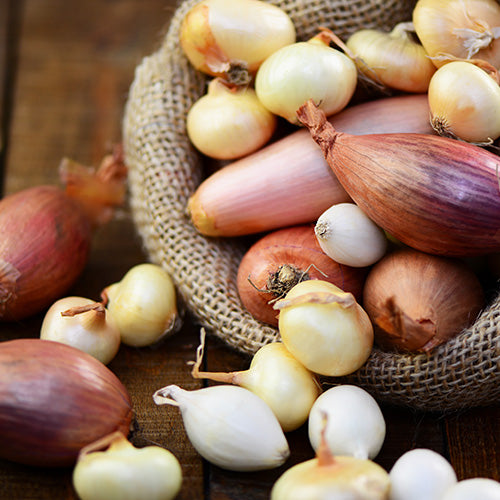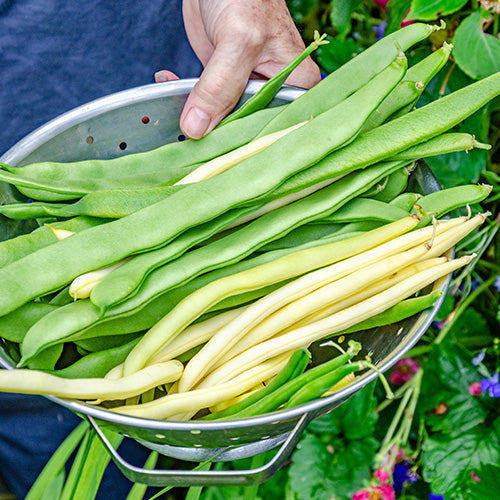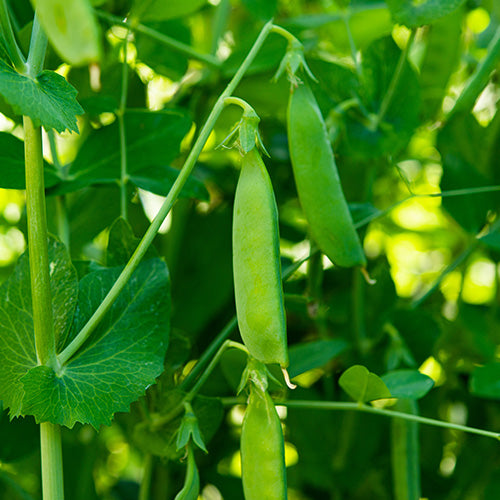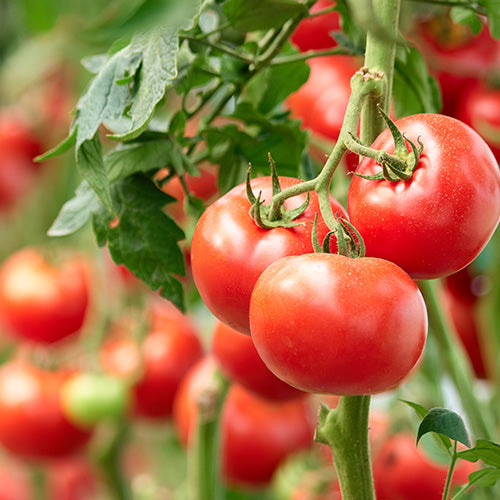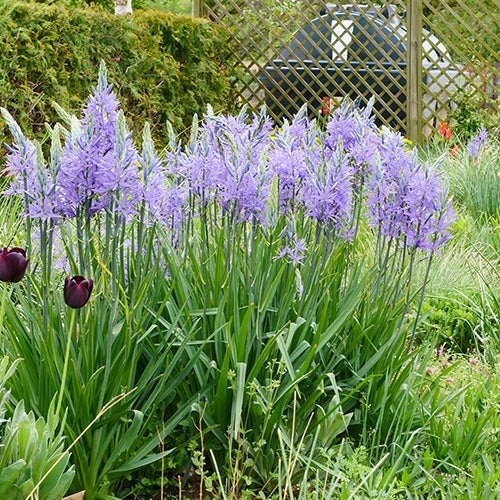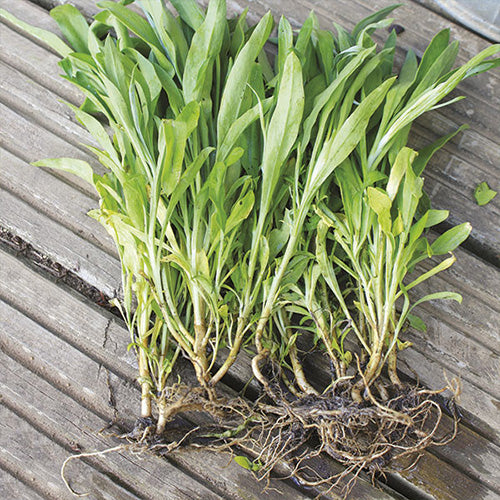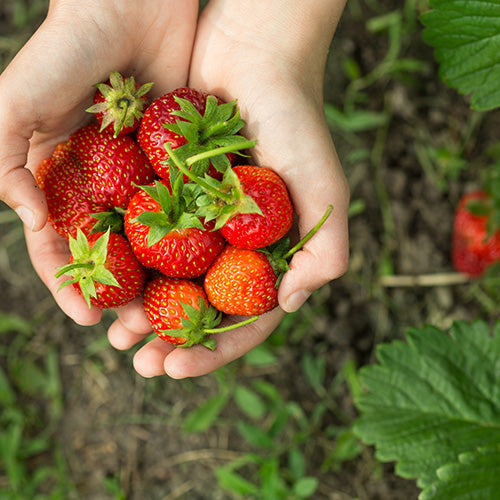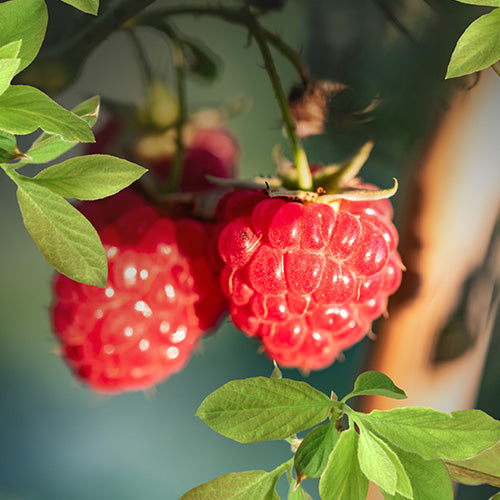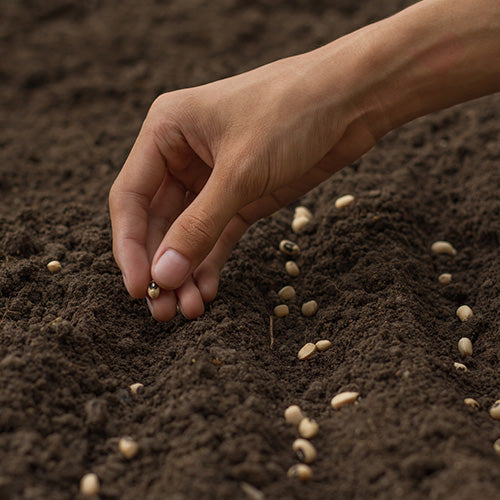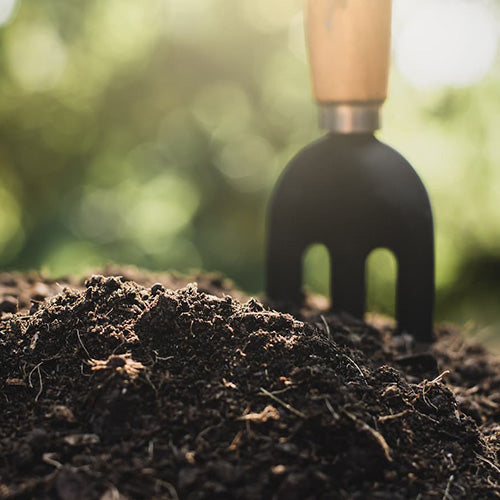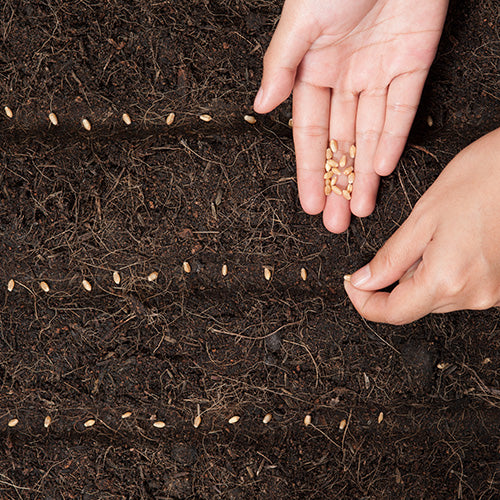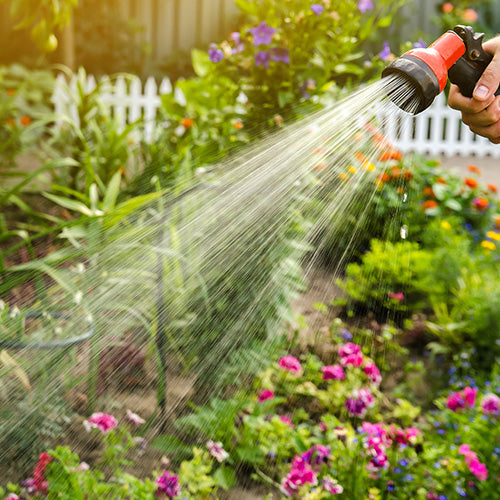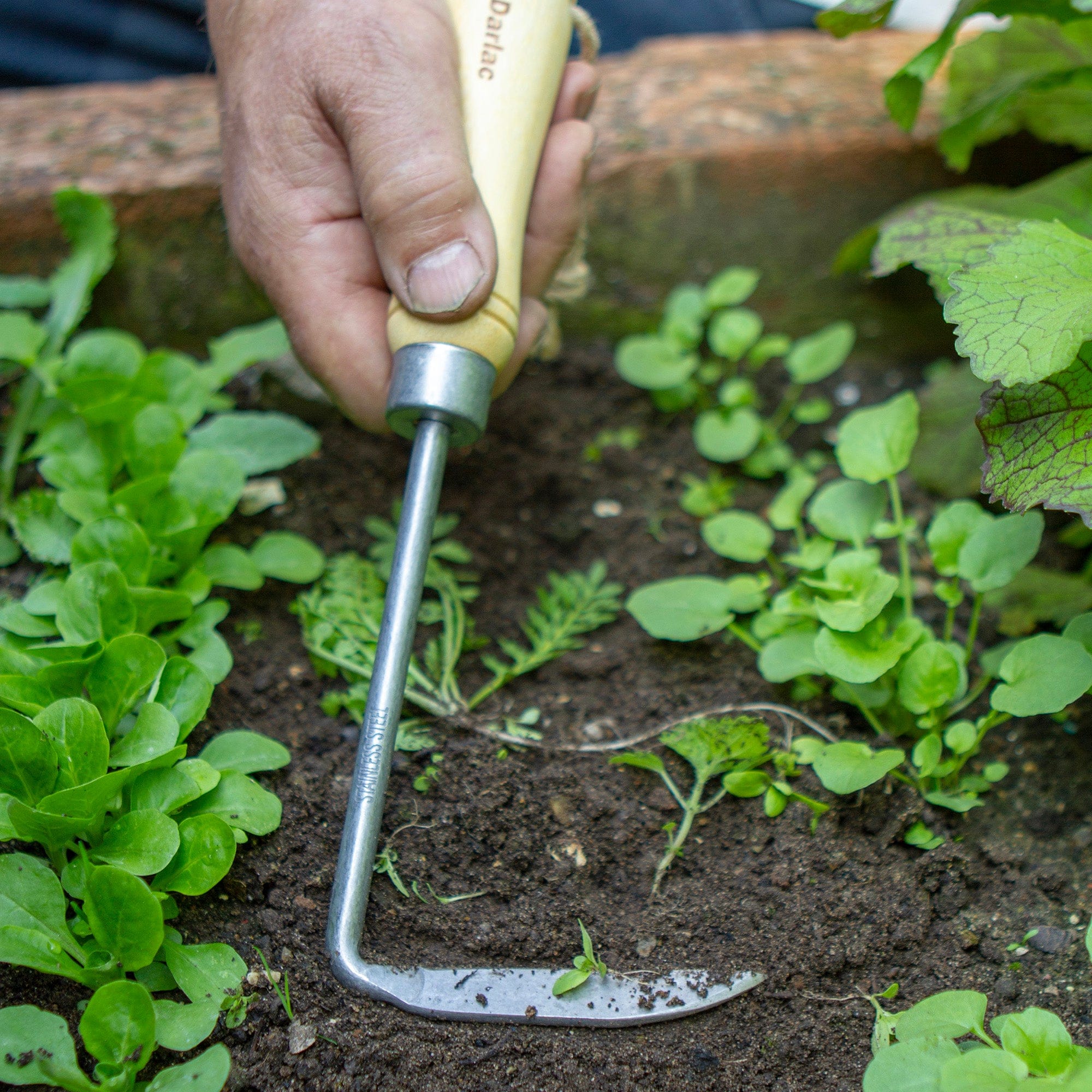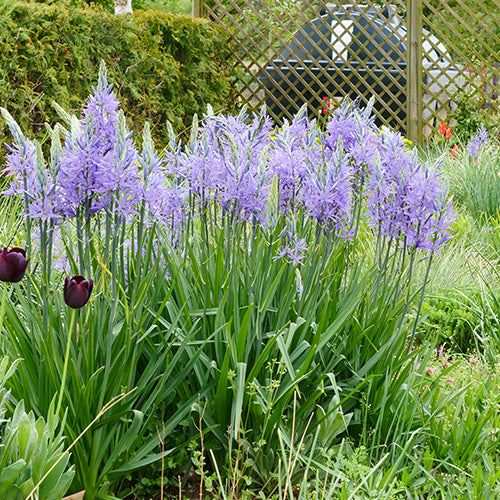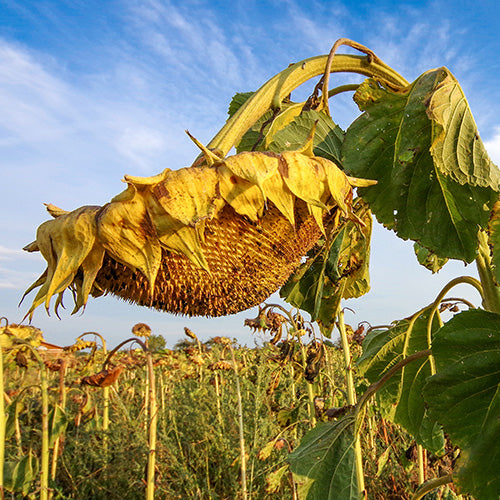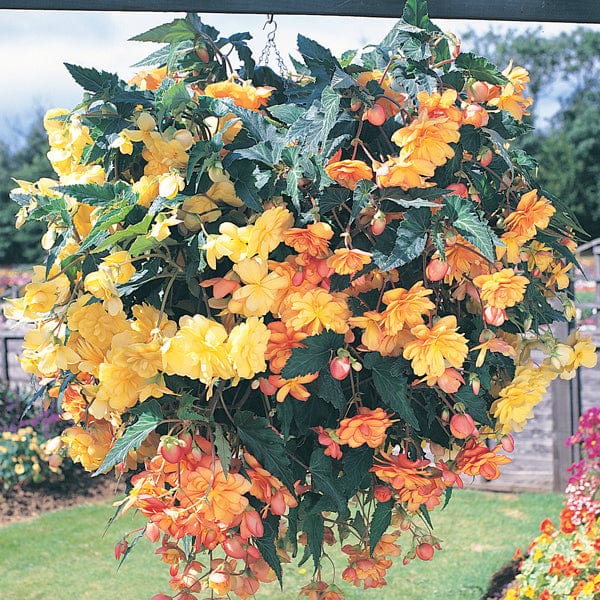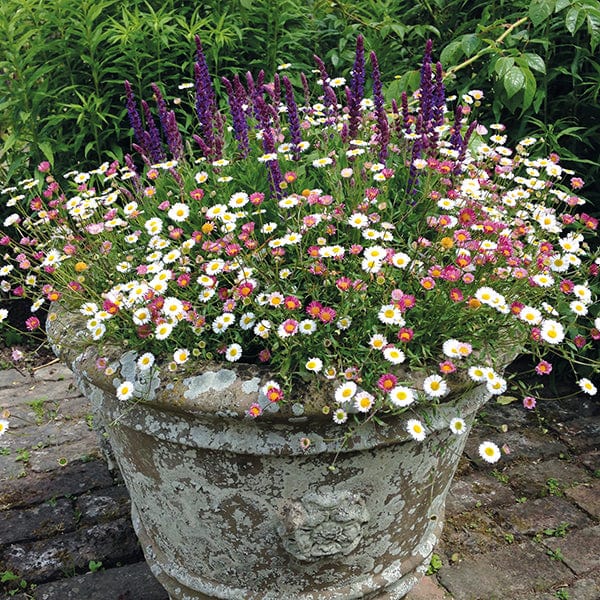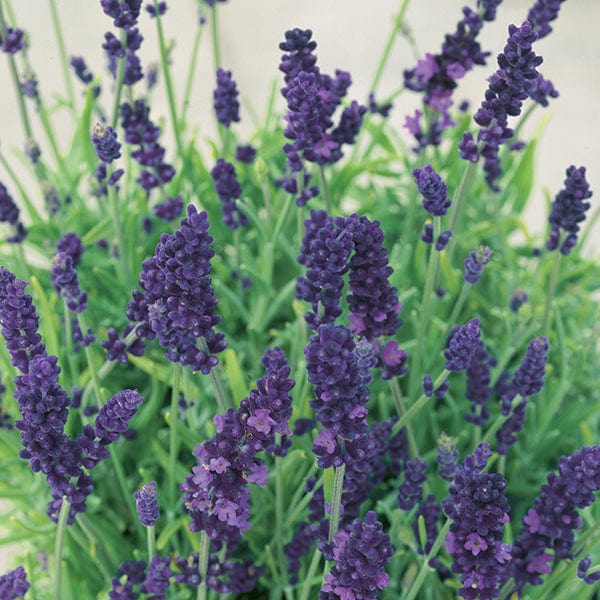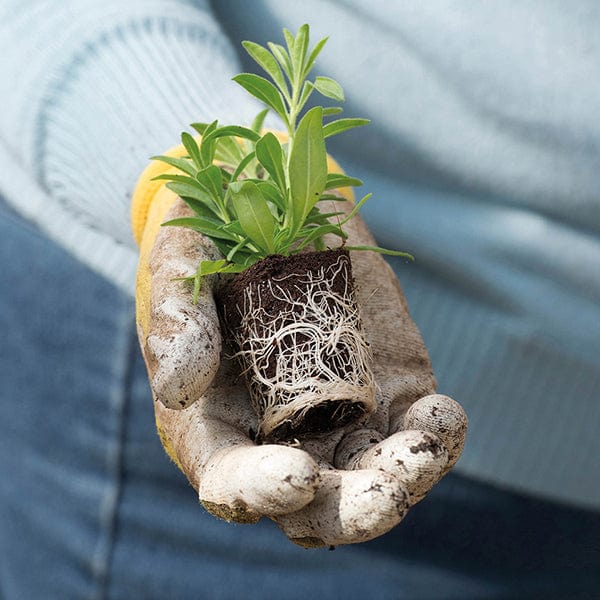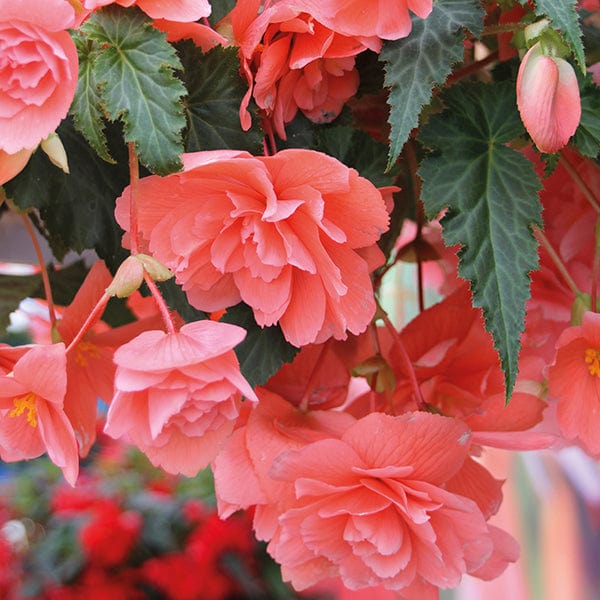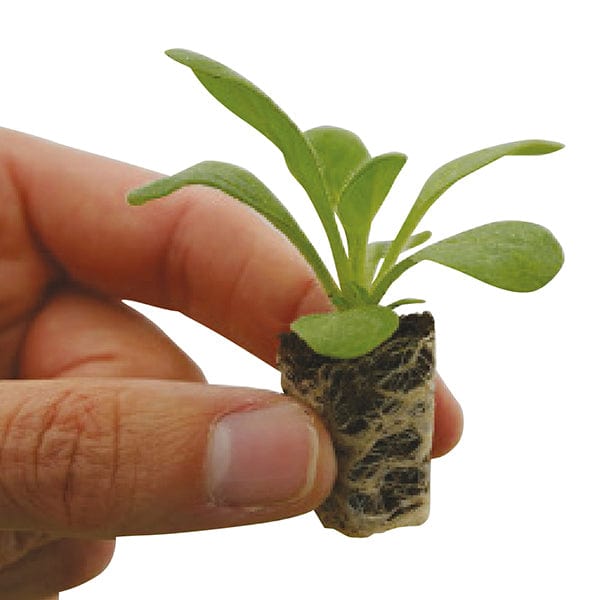Bulbs and tubers that are not planted at once should be stored in a cool, dry but reliably frost-free place until planting time. Any showing signs of growth are best placed upright in a tray of dry peat or vermiculite so that the developing shoots will grow upright.
Before planting any bulbs/tubers in the garden, dig over the ground thoroughly, removing any perennial weeds. At the same time enrich it by incorporating plenty of well-rotted manure, compost or leafmould and a dressing of fertiliser. Most bulbs are intolerant of poor drainage so, if your soil is heavy, also dig in plenty of sharp sand or horticultural grit. Always try to plant in mild weather and avoid periods when the ground is still very cold or wet.
Summer-flowering bulbs/tubers permanently planted out in the garden also enjoy an annual dressing of slow-release fertiliser in spring. Most bulbs benefit from deadheading after flowering, unless you wish to save seed or retain ornamental seed heads. To prevent cultivation damage to dormant bulbs, it is best to mark their positions with sticks when the foliage dies down. Protect all bulbs/tubers from slug damage, taking particular care of the vulnerable young growth.
Growing Bulbs and Tubers in Pots
Unless stated otherwise, pot bulbs at about twice their own depth in a loam-based compost. John Innes No 2 with 20-25% extra sharp sand is generally recommended. Under glass keep them in good light, but with shade from the hottest sun, and, when in growth, keep well watered and ventilate as much as possible at all times.
When they are actively growing, feed potted bulbs about every 2-3 weeks with a high potash fertiliser, such as is sold for tomatoes. Alternatively, add some slow-release fertiliser to the compost at potting or repotting time. Repot annually at the end of the dormant period and either replace the compost completely or scrape away the surface down to the level of the bulbs and refill with new potting soil.
Begonia Start off indoors, in pots from March then plant out late May onwards. Space them 20-30cm (8-12in) apart. Plant where the light is good but there is light shade or, at least, shade during the hottest part of the day. Keep well watered in dry weather and feed regularly with a balanced liquid fertiliser. Can be overwintered, lift before the first frosts in Autumn.
Bessera elegans These small corms require full sun for best results. They are not frost hardy so as soon as the soil has warmed up a bit in mid-April - early May, plant in well-drained soil or a gritty compost in pots. Plant in groups 4-5cm (1.5-2in) apart and 5cm (2in) deep. Water freely during the growing season and remove any damaged foliage as required. Lift when foliage dies back and store corms in a frost-free place. In milder areas, they can be left in the ground with a thick, dry winter mulch.
Dahlia Start off indoors, in pots, from March then plant out late May onwards. Set out tubers, spacing them 60cm (2ft) apart and with the crown about 5-7cm (2-3in) below soil level. Water well in dry weather and mulch with well-rotted compost or manure to keep down weeds. Feed regularly, using a high nitrogen liquid fertiliser while plants are developing and changing to a tomato type fertiliser during the main flowering period. Tie plants to their stakes as they develop and dead-head regularly to prolong flowering.
Freesia Plant inside in pots Jan-April, March in a cold frame or unheated greenhouse and outside from April onwards. Space corms 5-8cm (2-3in) apart and 5cm (2in) deep in a well-drained, sunny and sheltered position. As they grow provide some support such as twiggy sticks or wire. Not fully hardy, Freesias will need lifting either when the leaves turn yellow or after first frosts and storing in a dry frost free place.
Gladiolus Gladiolus require an open sunny position in a well-drained soil. Plant in groups 10-15cm (4-6in) apart and 10-15cm (4-6in) deep. The lighter the soil, the deeper they should be planted, ensuring the base of the corm sits firmly in the bottom of the hole.
Lilies Lilies prefer acid to neutral soil. Avoid planting in wet soils especially if wet in spring. As lily bulbs never go completely dormant, plant them as soon as possible. Set them 15cm (6in) apart and at about three times the depth of the bulb. Choose a site in full sun or partial shade. Watch out for bright red Scarlet Lily Beetle and remove them if they appear. Use a wildlife friendly Lily Beetle deterrent spray if necessary
Nerines Nerines need a well-drained soil in full sun and a sheltered position. Prepare the soil by digging in plenty of organic matter. Plant the bulbs with the top of the bulb just below the soil surface and 15cm (6in) apart. Firm well and water in.
Caution: all parts of the Nerine may cause stomach upset if eaten and contact with the sap of these plants may result in skin irritation.



